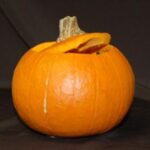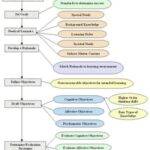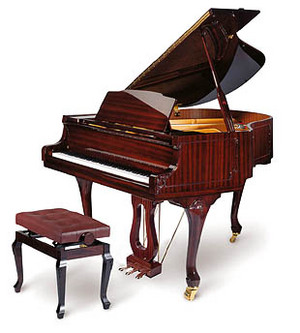First let me assure all the educators out there that these lesson plans are not designed to add more work to an already over worked teacher hectic day. Quite the contrary; I’ve been teaching long enough to hate those pie-in-the -sky ideas that sound so very grand, but in reality are just an enormous amount of work for the busiest of all. These lessons are designed to put responsibility on the shoulders of those whose job it really is; the students. After all, they are the reason we do what we do. Anyway here is an outline of the problem as I see it and some solutions
Lessons in math that will address real life learning situations, simulate or represent real-life materials and use whenever possible, real materials. The topic is listed first followed by the mathematical concept in parenthesis.
Check booking (Integers): Using voided checks or simulated checks and real check registers, practice not only filling out the checks, but balancing the checkbook. Use this unit to introduce: Integers: Positive and negative numbers. Payments are the negative numbers and deposits are the positive numbers. This unit should focus on Luxury vs. necessities (gas, electric, phone, rent or mortgage, food, medical, insurance, vehicle expenses). This is an ideal medium to teach spreadsheet functions on the computer. You can explore Banking Formulas relating to interest. There are many applications in this unit for the scientific calculator.
Bill paying(Decimals and Percents): Using old utility bills, students should explore formulas and calculators while learning: billing cycles, utility consumption costs and rates, budgeting, proration, and conservation.
Remodeling and Home repair(Fractions, measurement, metrics and geometry): Using metric and American standard tools(which are a perfect way to teach equivalent fractions) explore measuring, layout, pattern and blueprint reading, laying carpet or cement, wallpaper, painting a wall (surface area formulas for triangles, parallelograms, and circles) fencing, installing a window or door(angles, perimeter). Projects could include: building a birdhouse, using Lego’s or other building blocks or drawing a map or blueprint on graph paper.
Gambling and lottery (Statistics, ratios and proportions) This unit probably should be simulated! Students can use the Internet to explore statistics and learn the formulas for ratios and proportion. They can learn odds with wagering concepts. Of course we are not encouraging gambling. Hopefully, students will discover just how narrow are the chances of winning! Use dice for predict and record the outcome of the roll, and then calculate some statistics.
Credit cards,Short term and long term loans, credit scores: (algebraic equations, interest, percent, formulas and integers) Using credit card offers that come in the mail, sample loan agreements, mortgage terms, students read the fine print and calculate the costs of credit, the IPRT formulas,
Driving calculations: (variables, equations, DRT formulas) Students can write story problems using their own experiences to illustrate a mathematical principle.
(‘I had to be home by 11pm. It was 10:30 and I had to drive 30 miles. How fast would I need to drive to make it home on time?)
Preparing a buffet for career fair: This has the advantage of giving students career exploration plus math practice by setting up a buffet. This type of project addresses many skills.
planning( what to buy, how many to provide for, seating)
purchasing (using coupons, sales and discounts –figuring costs)
cost analysis (what’s worth buying)
ordering (calculating, spreadsheet, communication)
scheduling
estimating
food prep (measurement)
budgeting
This is just a partial list of the curricular connections possible for real life math activities and lessons.
Lack of vocational training and career prep in high school and curriculum not geared toward employment skills.







